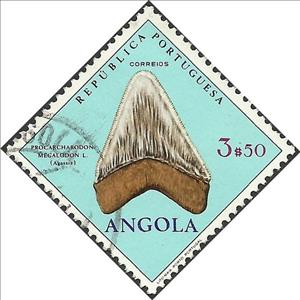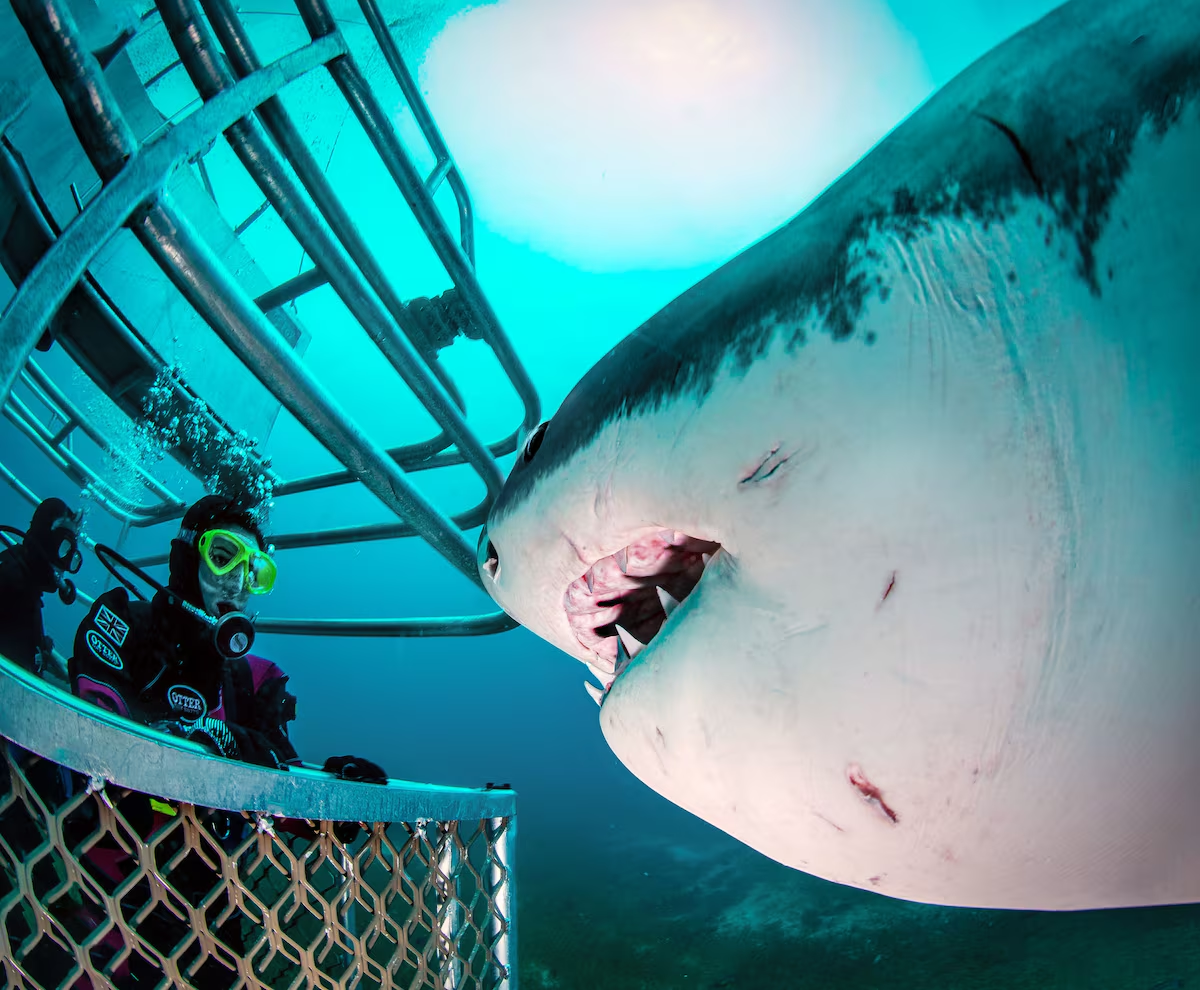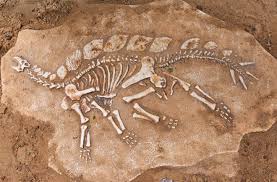Stamp: Procarcharodon Megalodon L. (Angola 1970)
Procarcharodon Megalodon L. (Angola 1970)
31 October (Angola ) within release Geology, mineralogy, paleontology goes into circulation Stamp Procarcharodon Megalodon L. face value 3.50 Angolan escudo
| Stamp Procarcharodon Megalodon L. in catalogues | |
|---|---|
| Michel: | Mi:AO 569 |
Stamp is square format.
Also in the issue Geology, mineralogy, paleontology:
- Stamp - Angolasaurus Bocagei Ant. face value 50;
- Stamp - Ferrometeorite face value 1;
- Stamp - Dioptase crystals face value 1.50;
- Stamp - Gondwanidium face value 2;
- Stamp - Diamonds face value 2.50;
- Stamp - Estromatólitos Humpata face value 3;
- Stamp - Procarcharodon Megalodon L. face value 3.50;
- Stamp - Microceratodus Angolensis Teix face value 4;
- Stamp - Muscovit face value 4.50;
- Stamp - Mineral: Barite face value 5;
- Stamp - Nostoceras face value 6;
- Stamp - Rotula orbicolus face value 10;
Stamp Procarcharodon Megalodon L. it reflects the thematic directions:
Sharks are a group of elasmobranch fish characterized by a cartilaginous skeleton, five to seven gill slits on the sides of the head, and pectoral fins that are not fused to the head. Modern sharks are classified within the clade Selachimorpha (or Selachii) and are the sister group to the Batoidea (rays and kin). Some sources extend the term "shark" as an informal category including extinct members of Chondrichthyes (cartilaginous fish) with a shark-like morphology, such as hybodonts. Shark-like chondrichthyans such as Cladoselache and Doliodus first appeared in the Devonian Period (419–359 million years), though some fossilized chondrichthyan-like scales are as old as the Late Ordovician (458–444 million years ago). The earliest confirmed modern sharks (selachimorphs) are known from the Early Jurassic around 200 million years ago, with the oldest known member being Agaleus, though records of true sharks may extend back as far as the Permian.
A fossil (from Classical Latin fossilis, lit. 'obtained by digging') is any preserved remains, impression, or trace of any once-living thing from a past geological age. Examples include bones, shells, exoskeletons, stone imprints of animals or microbes, objects preserved in amber, hair, petrified wood and DNA remnants. The totality of fossils is known as the fossil record. Though the fossil record is incomplete, numerous studies have demonstrated that there is enough information available to give a good understanding of the pattern of diversification of life on Earth. In addition, the record can predict and fill gaps such as the discovery of Tiktaalik in the arctic of Canada


